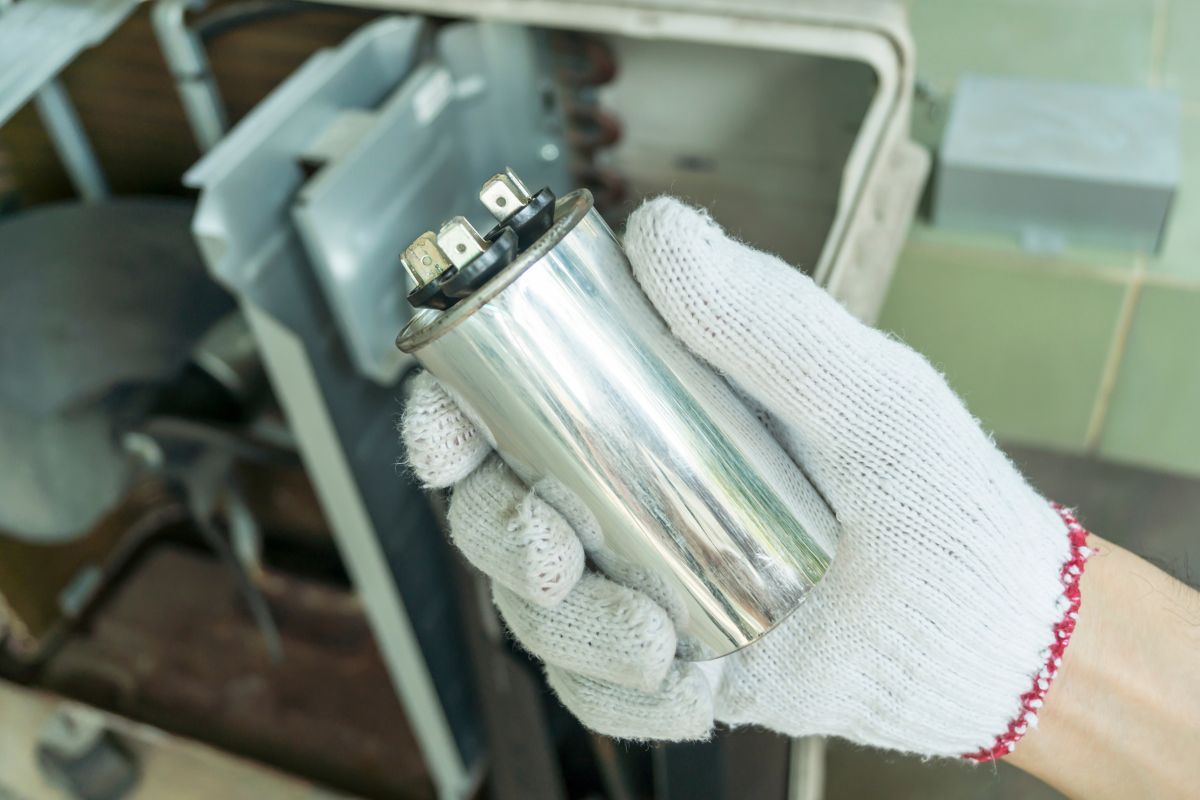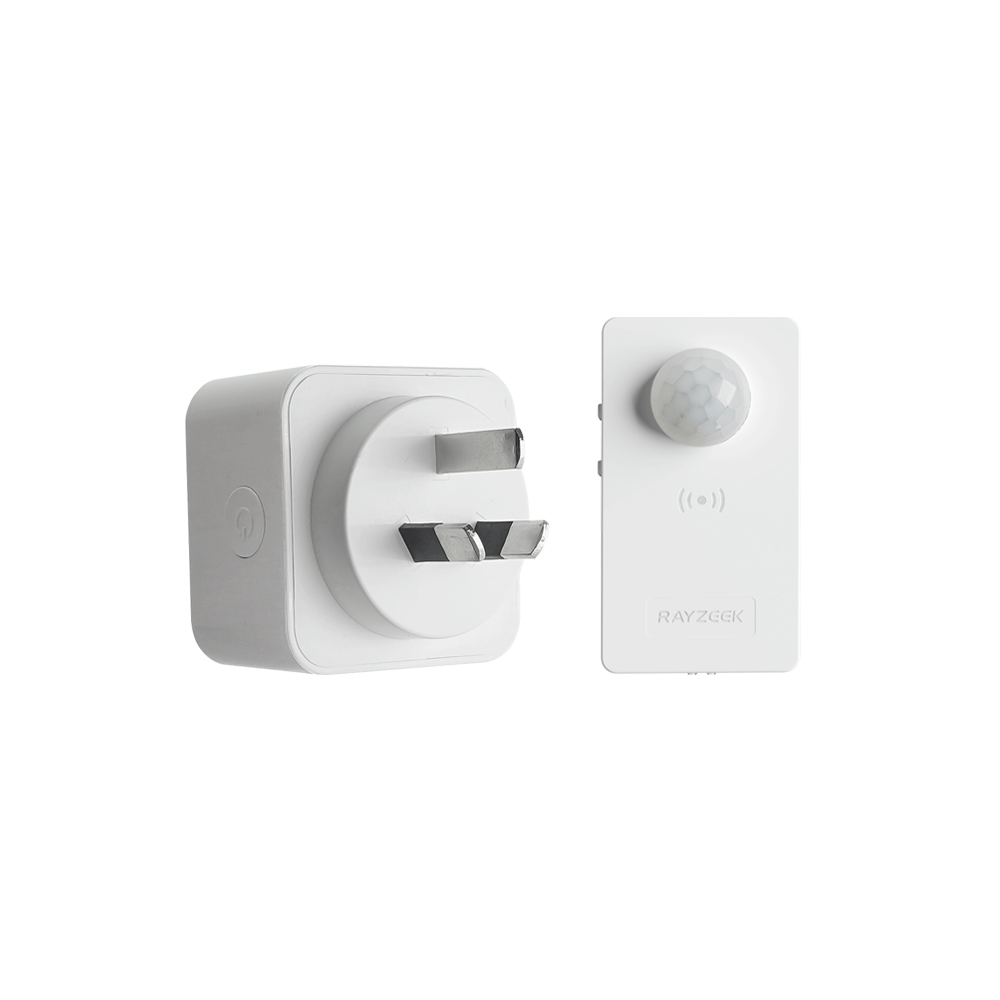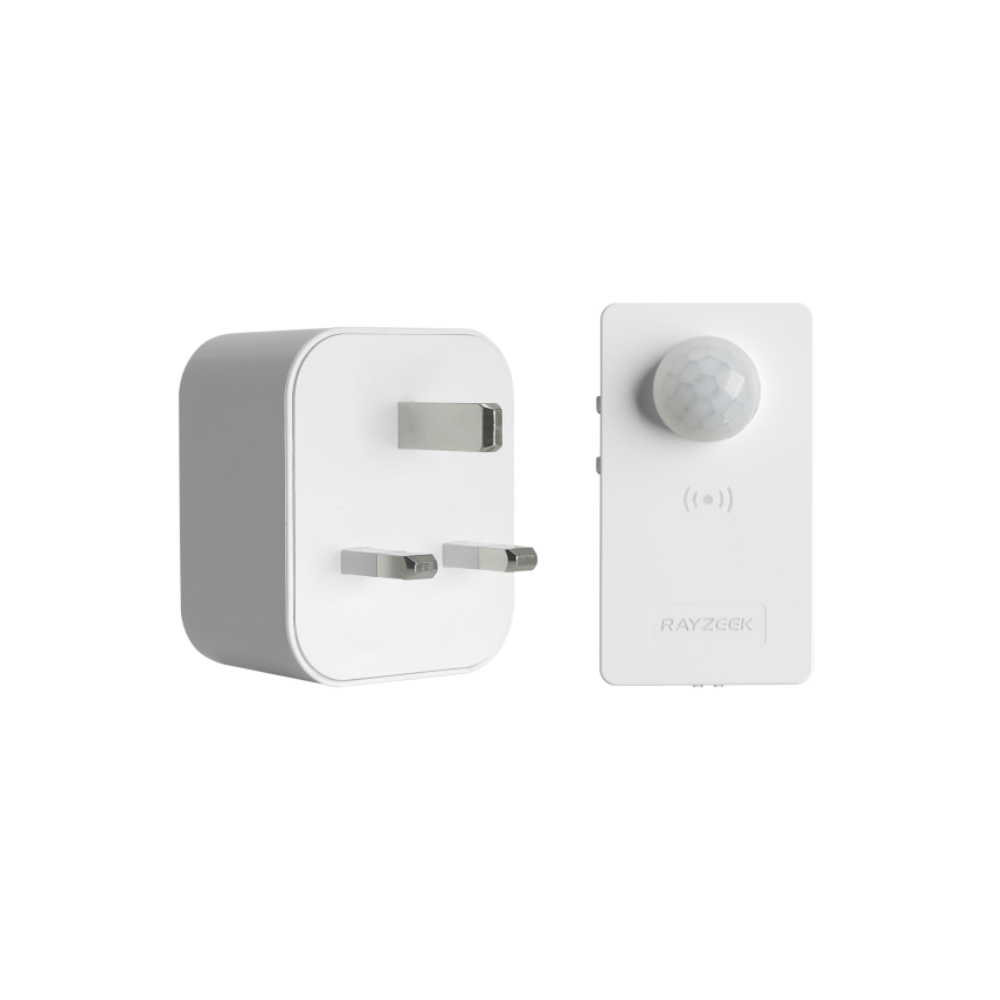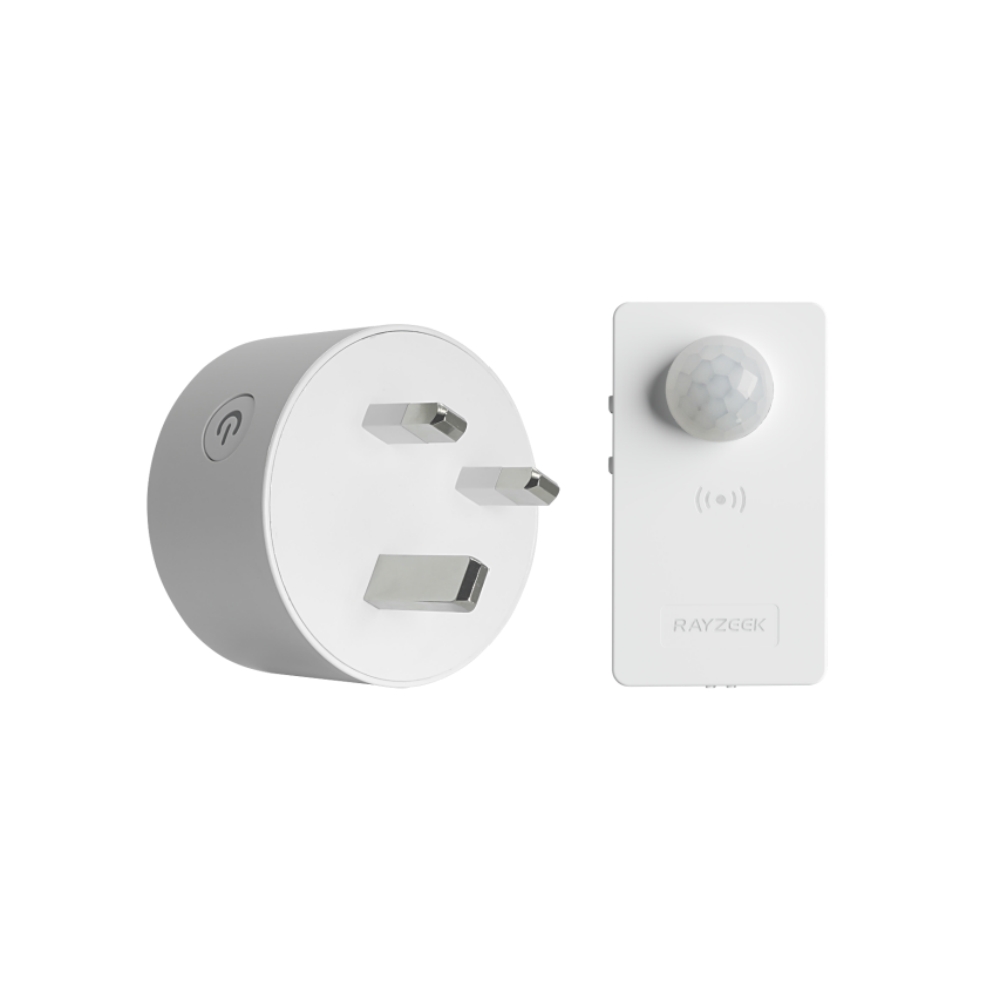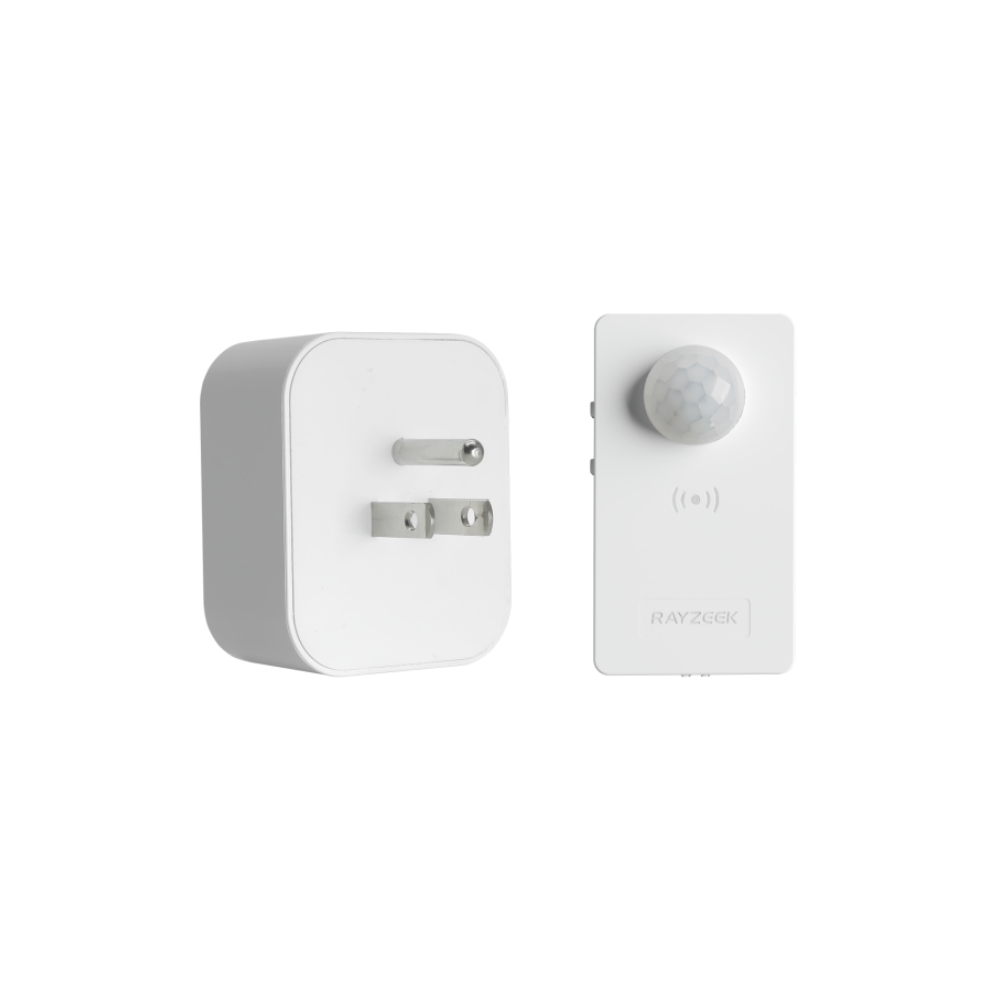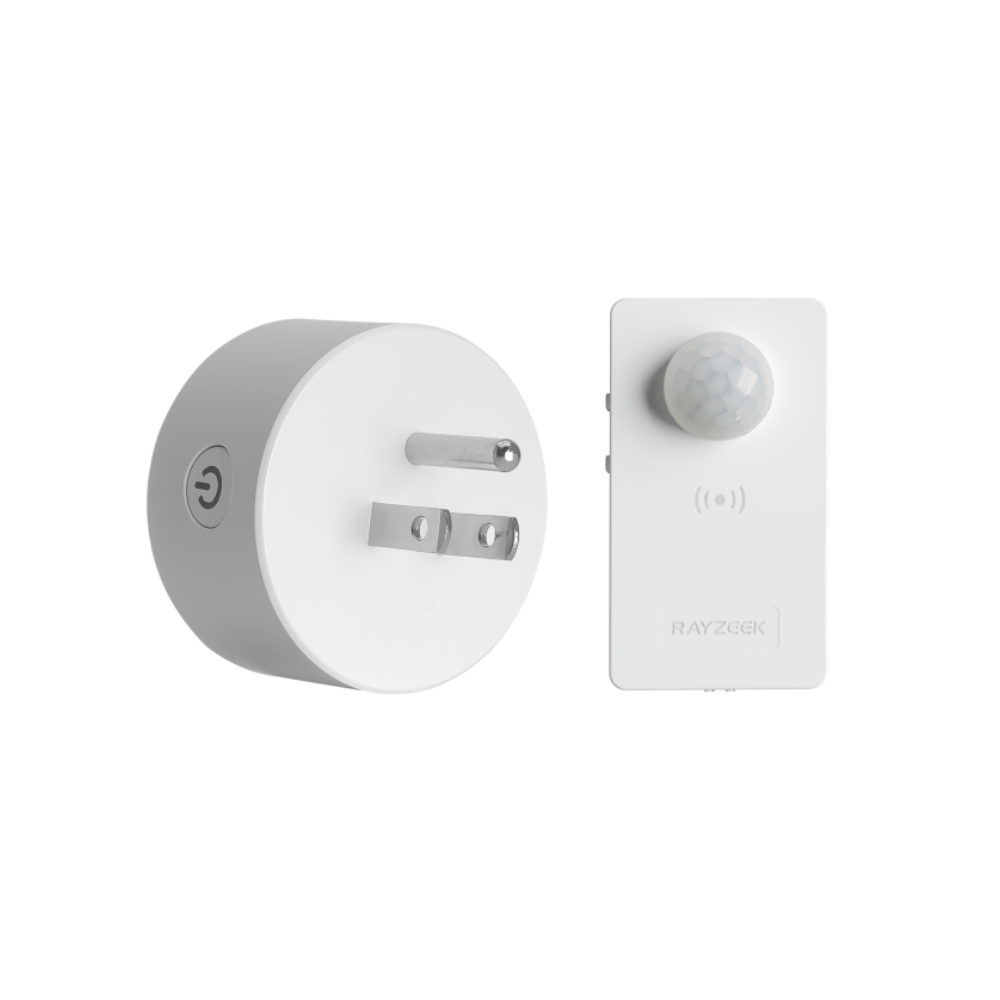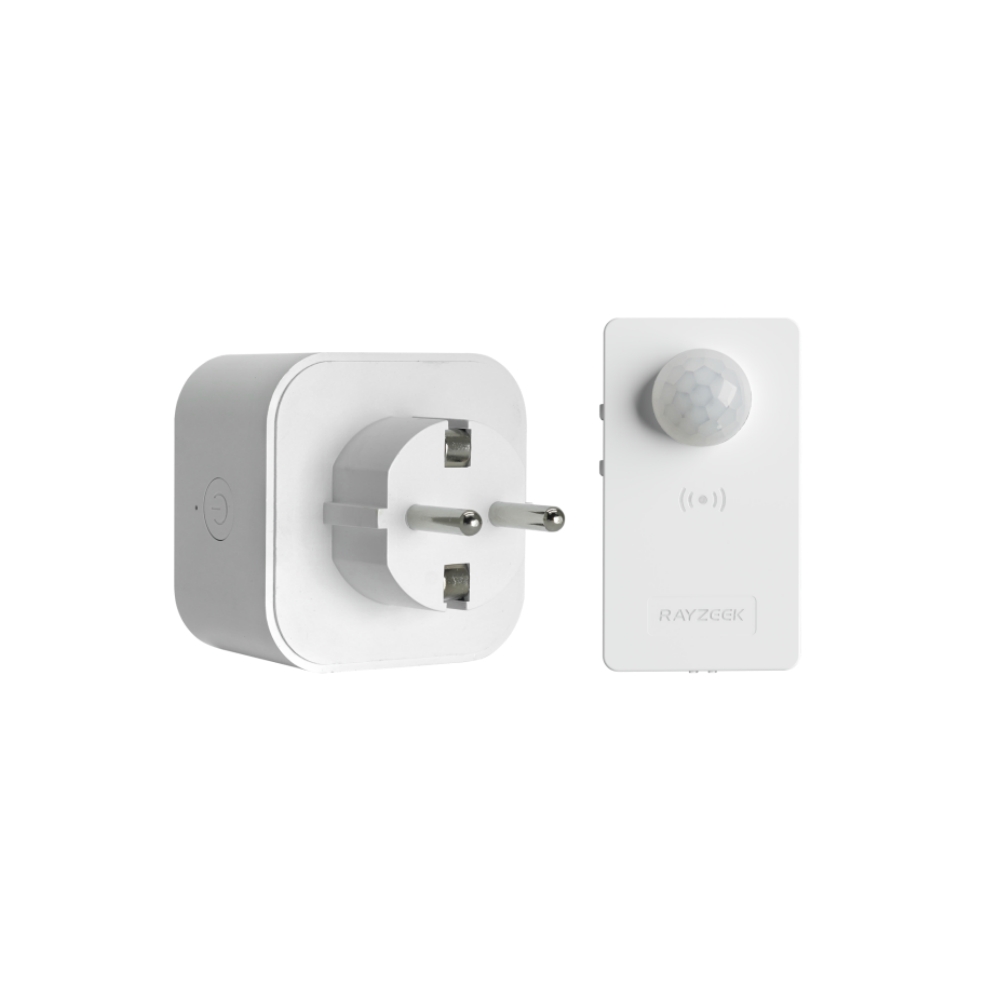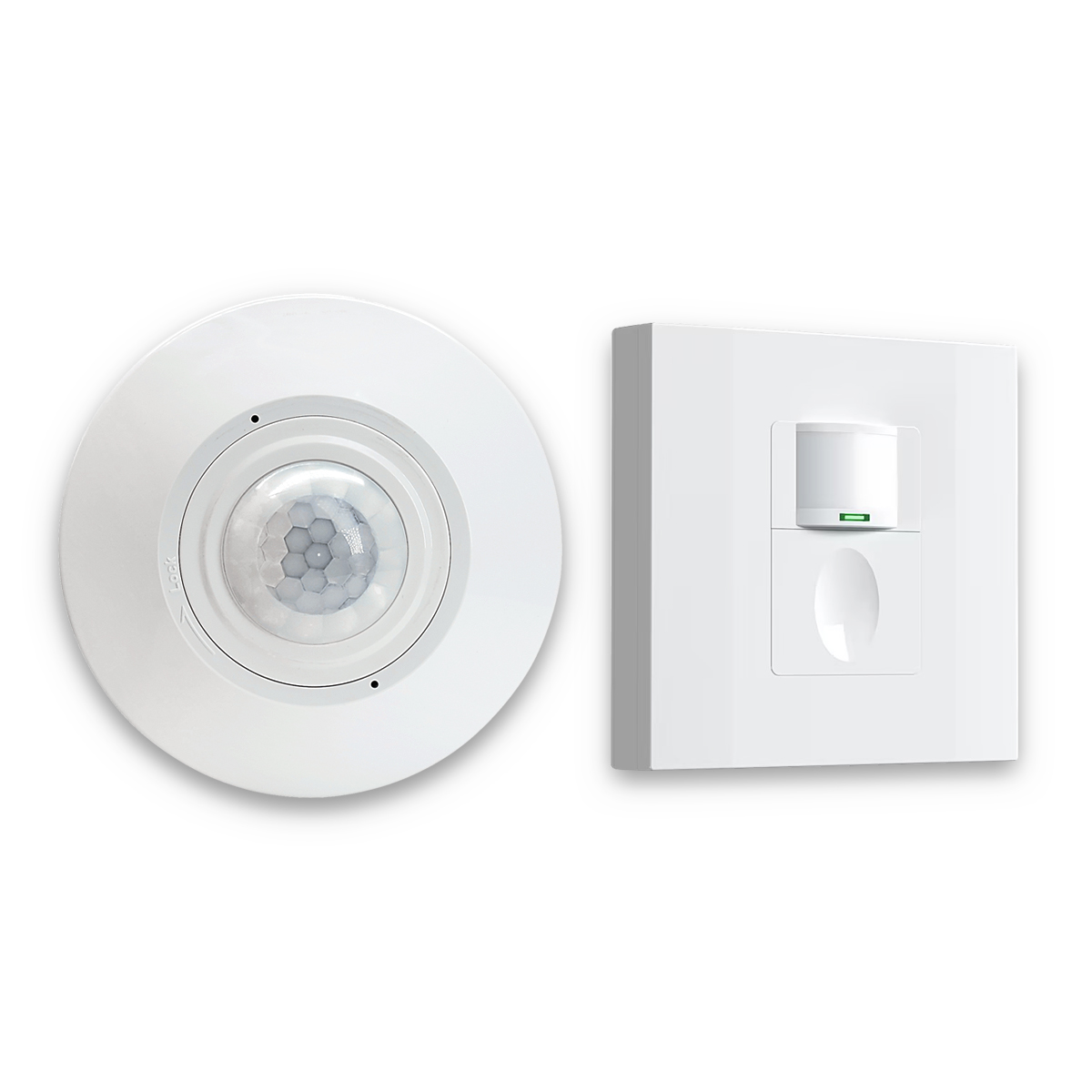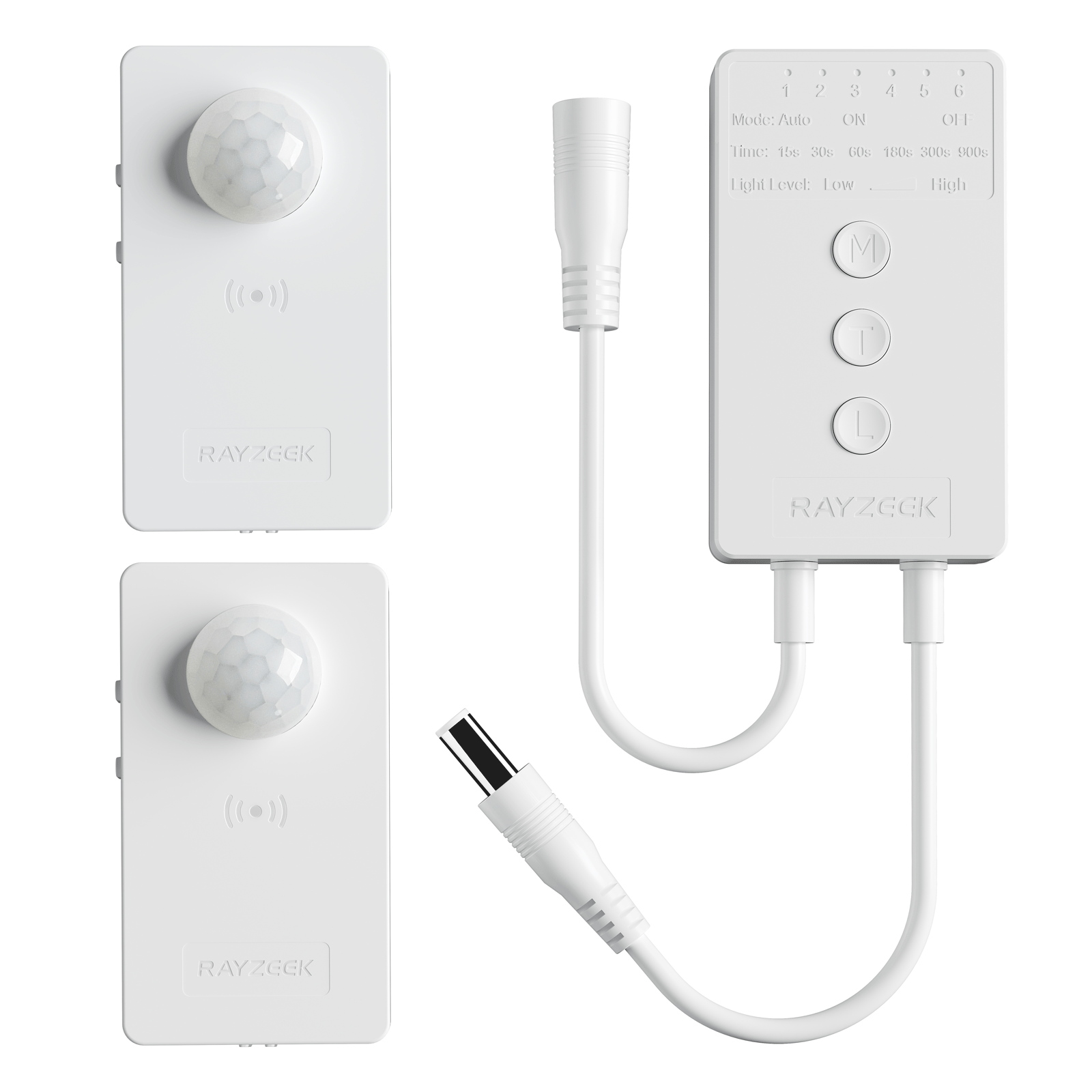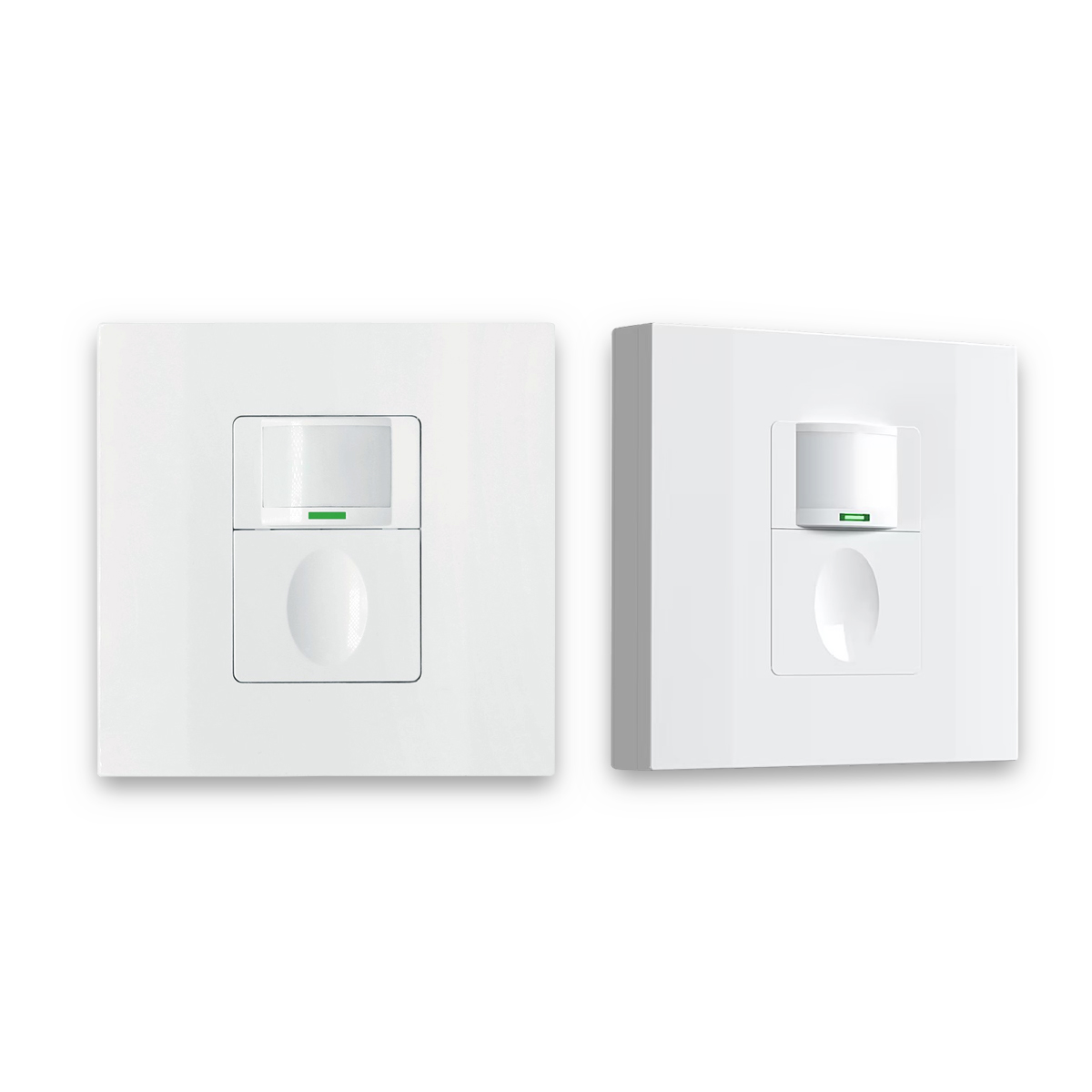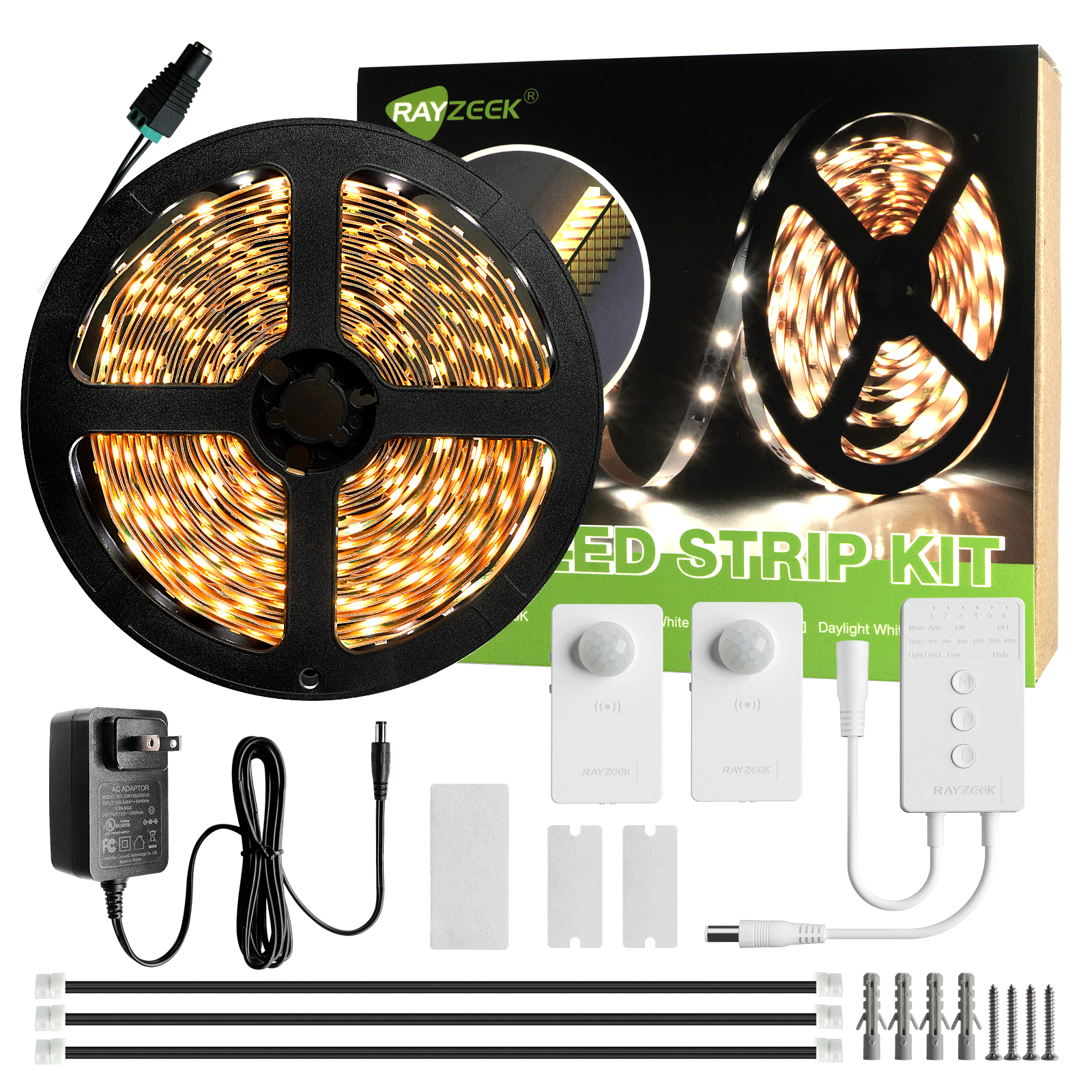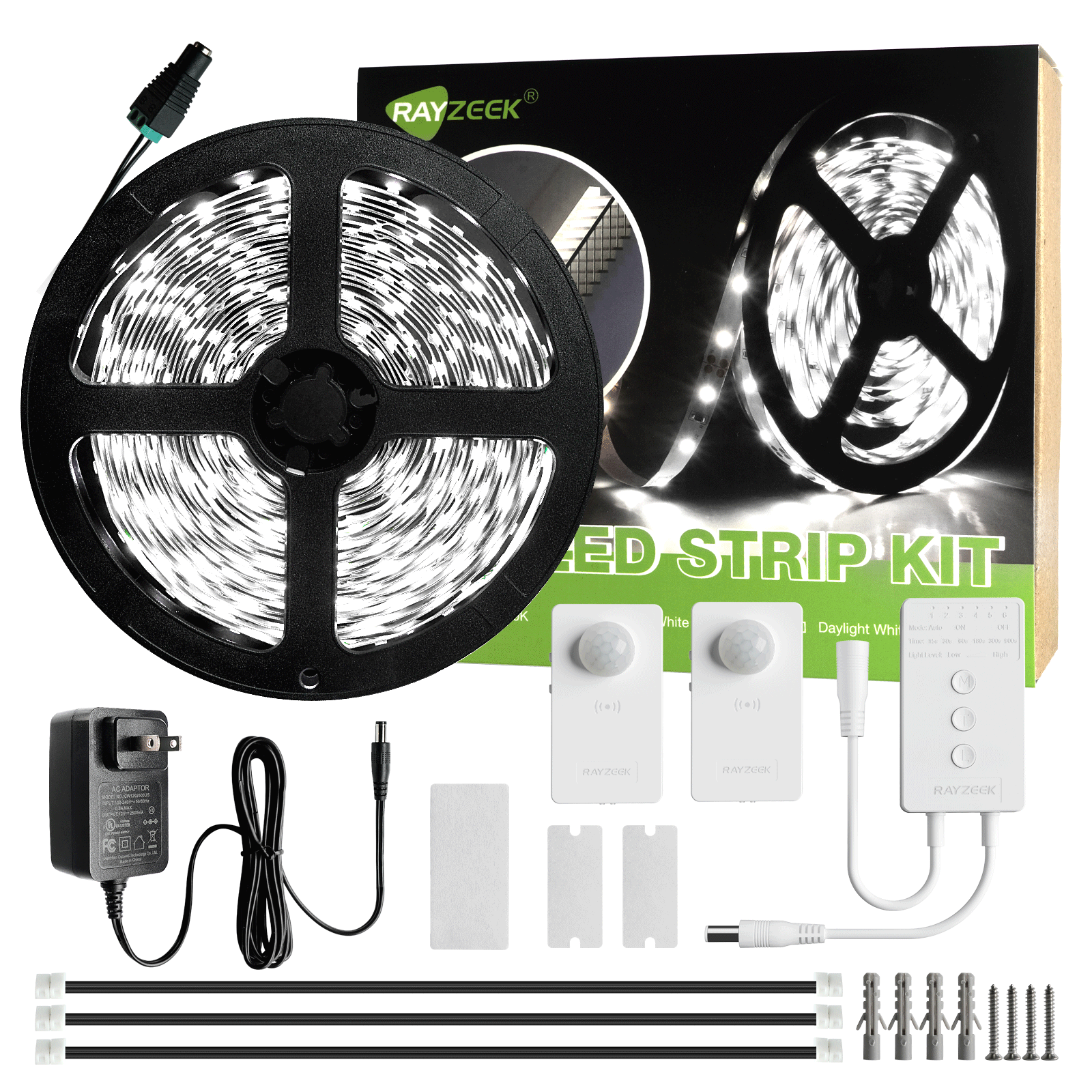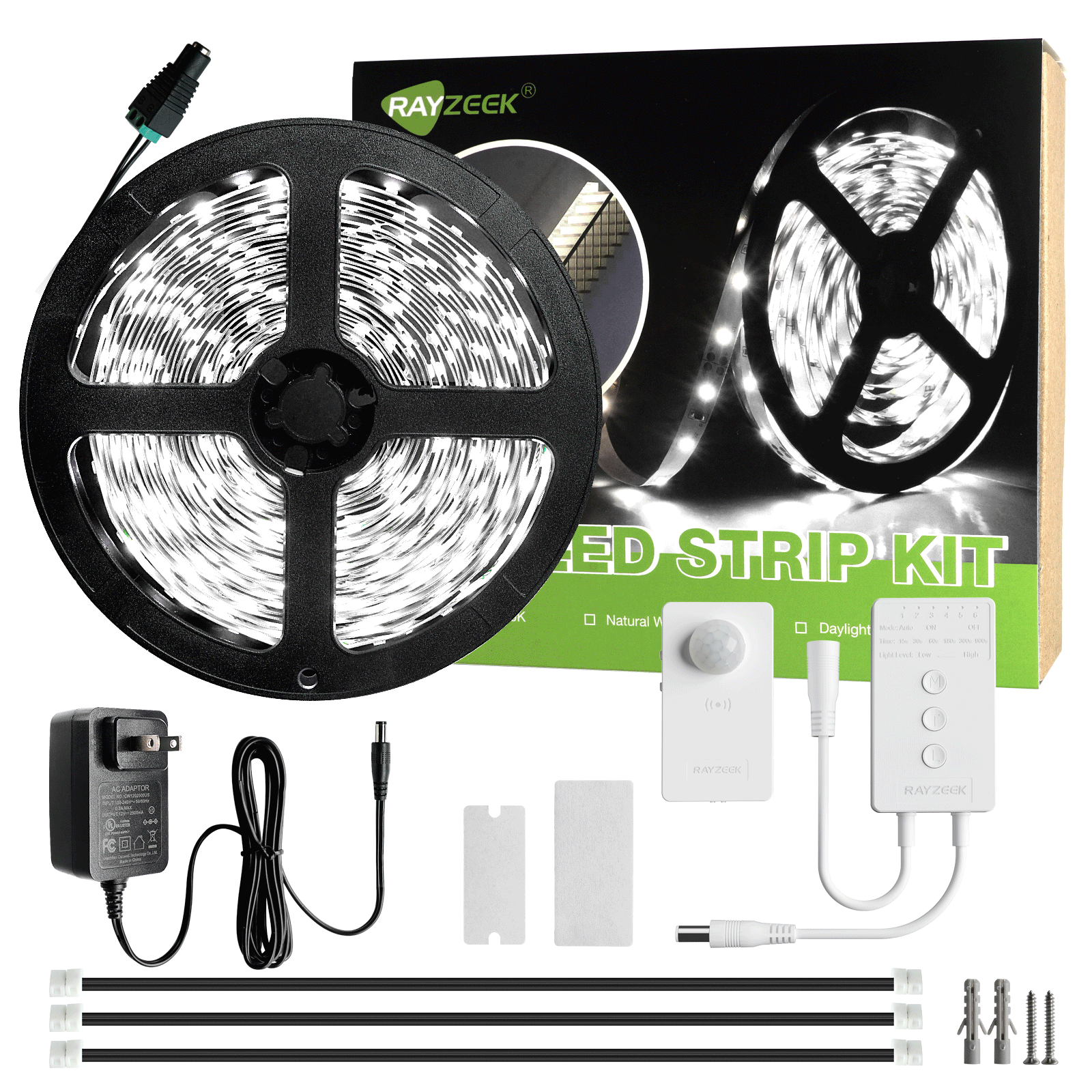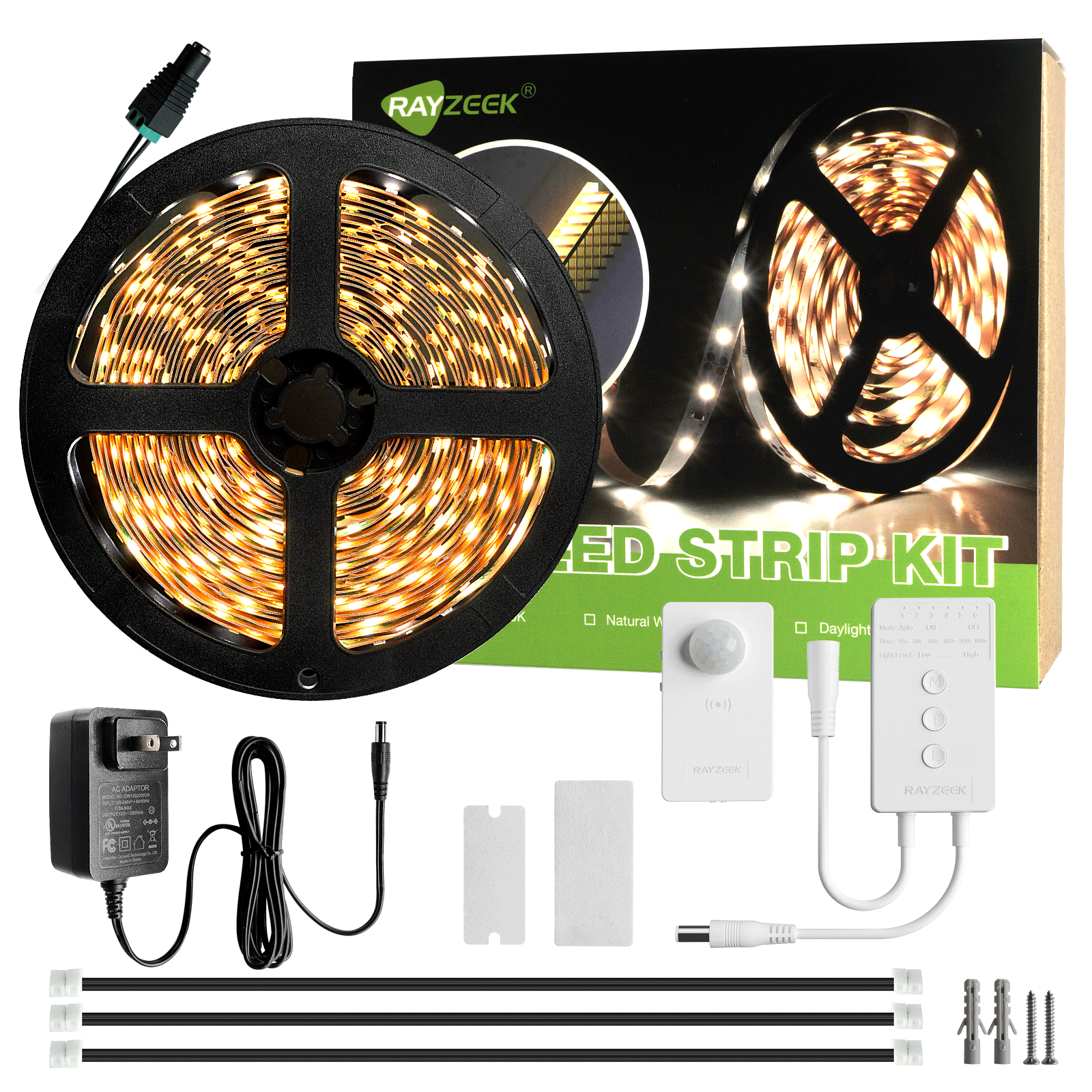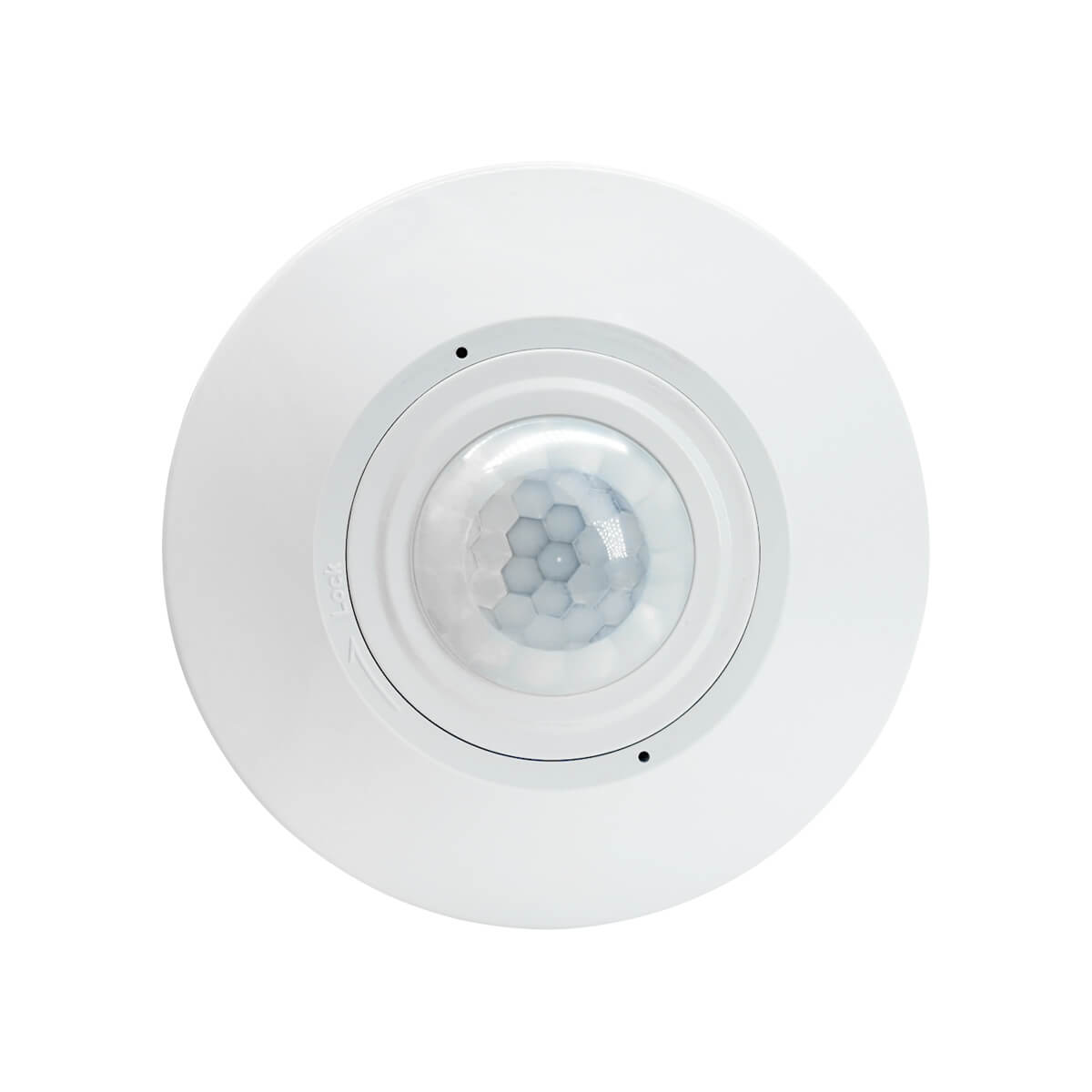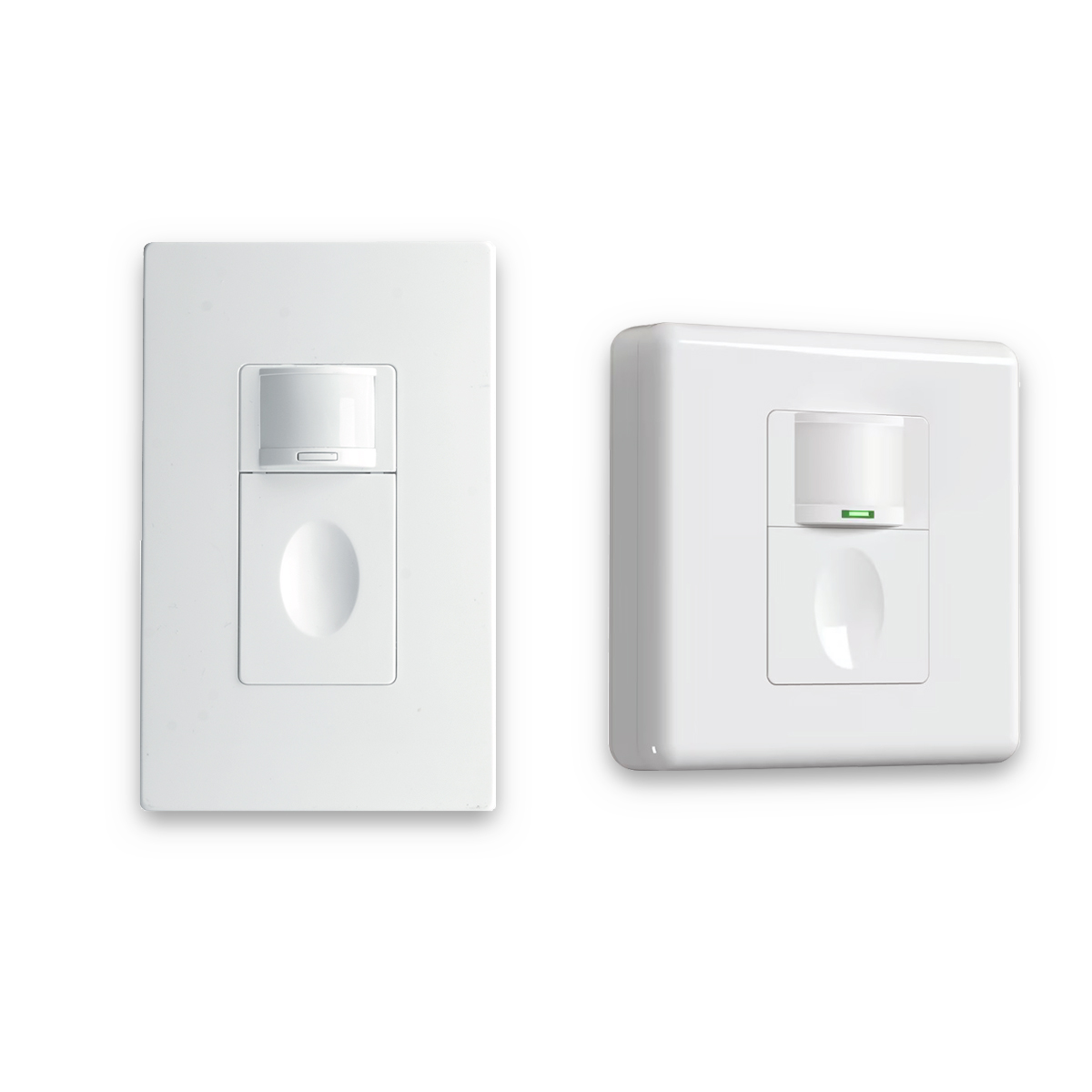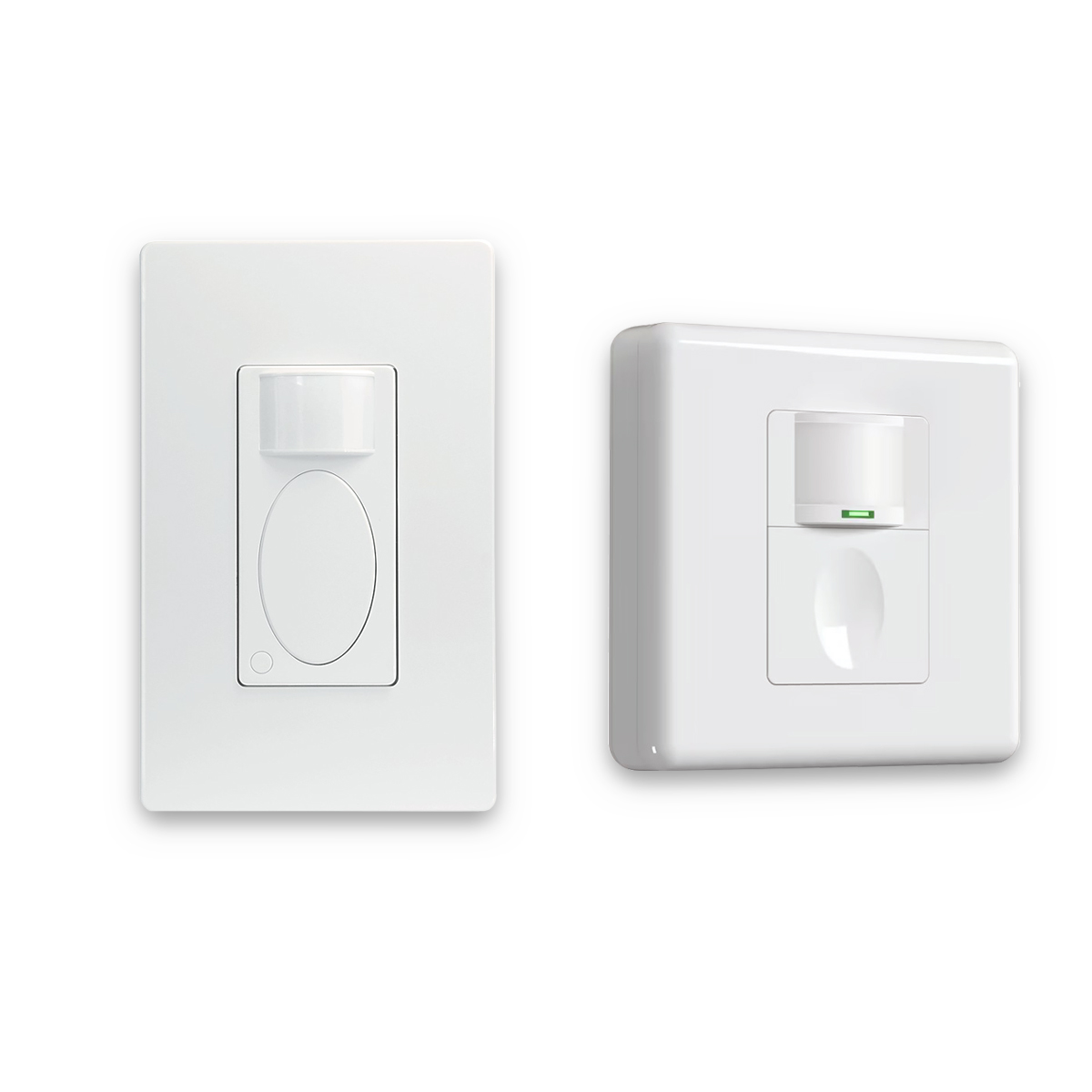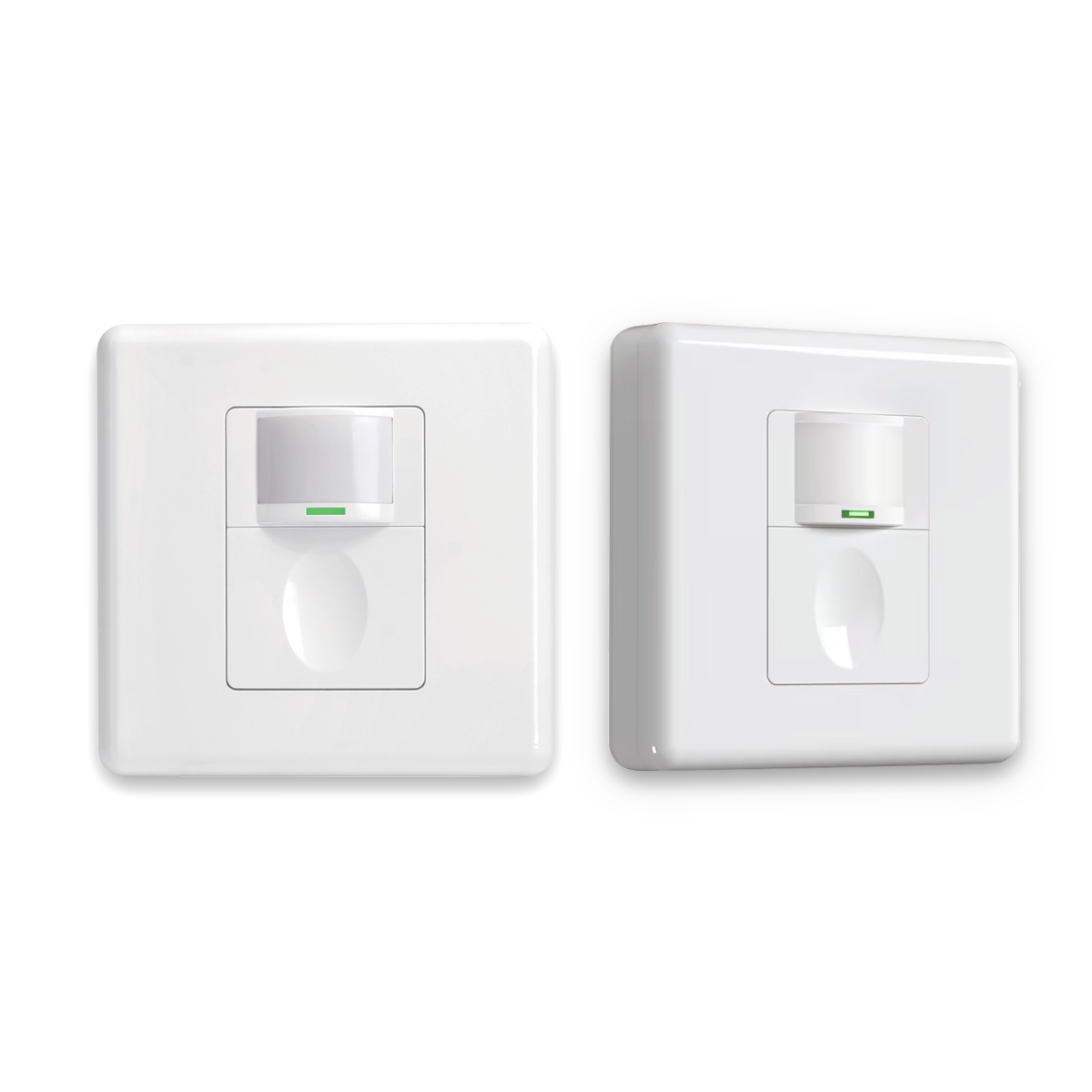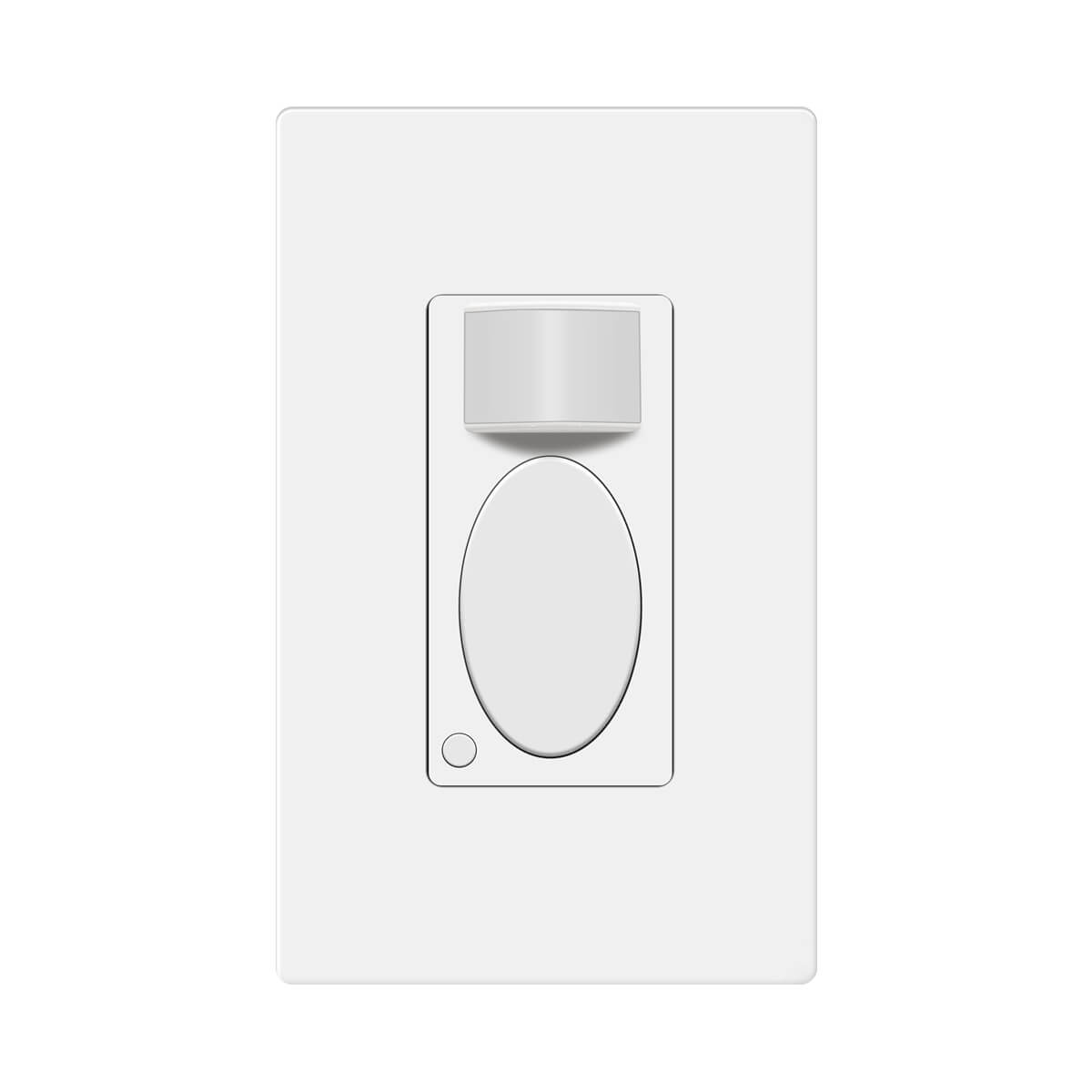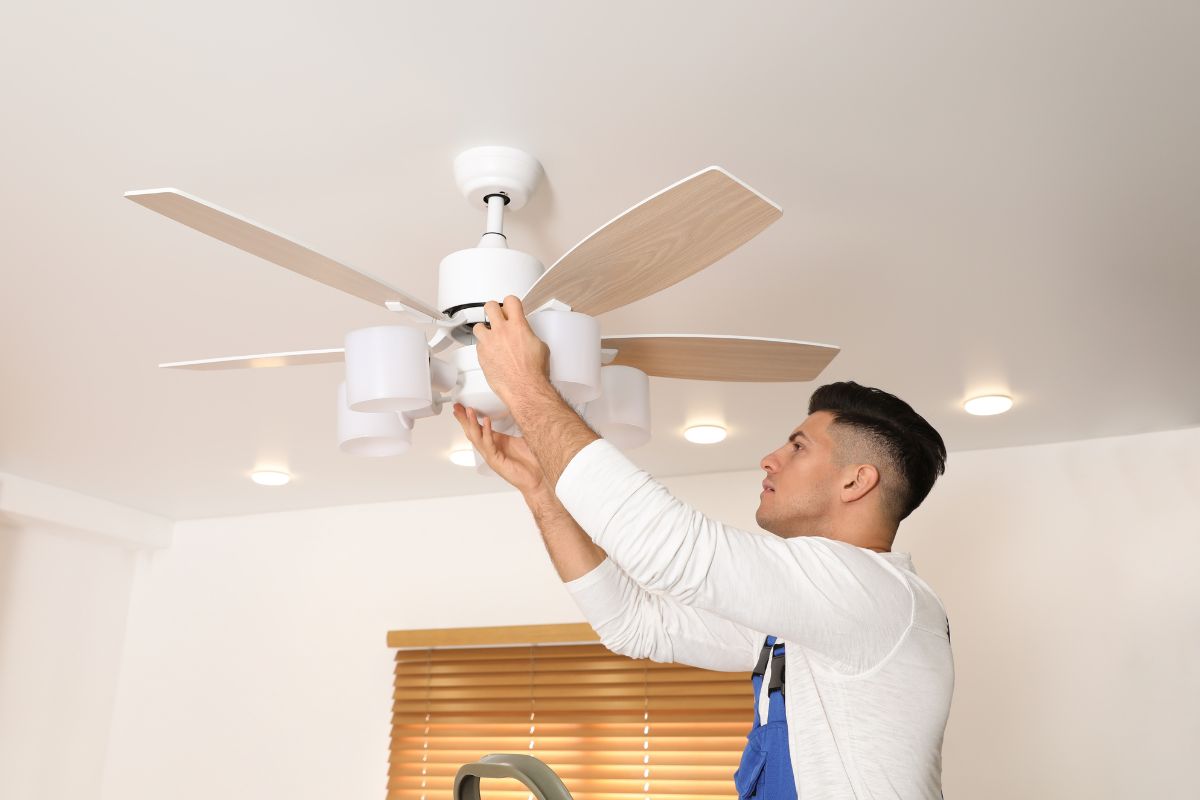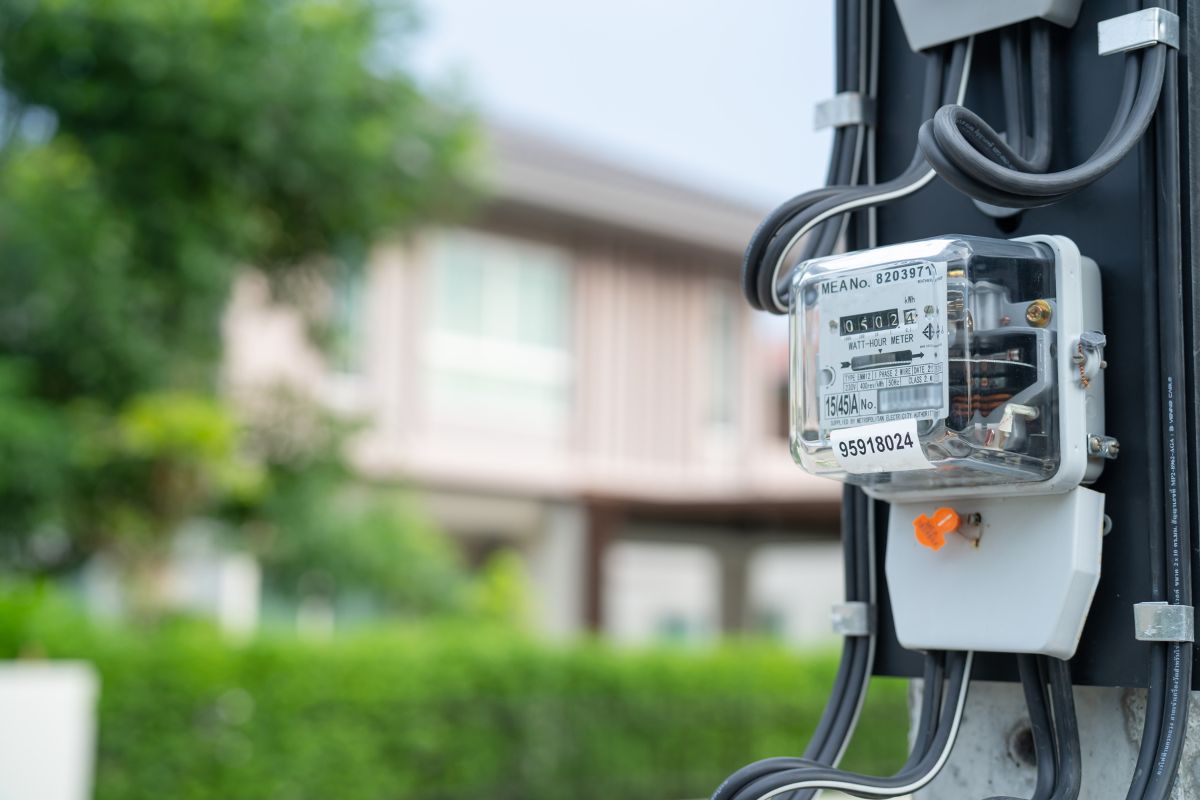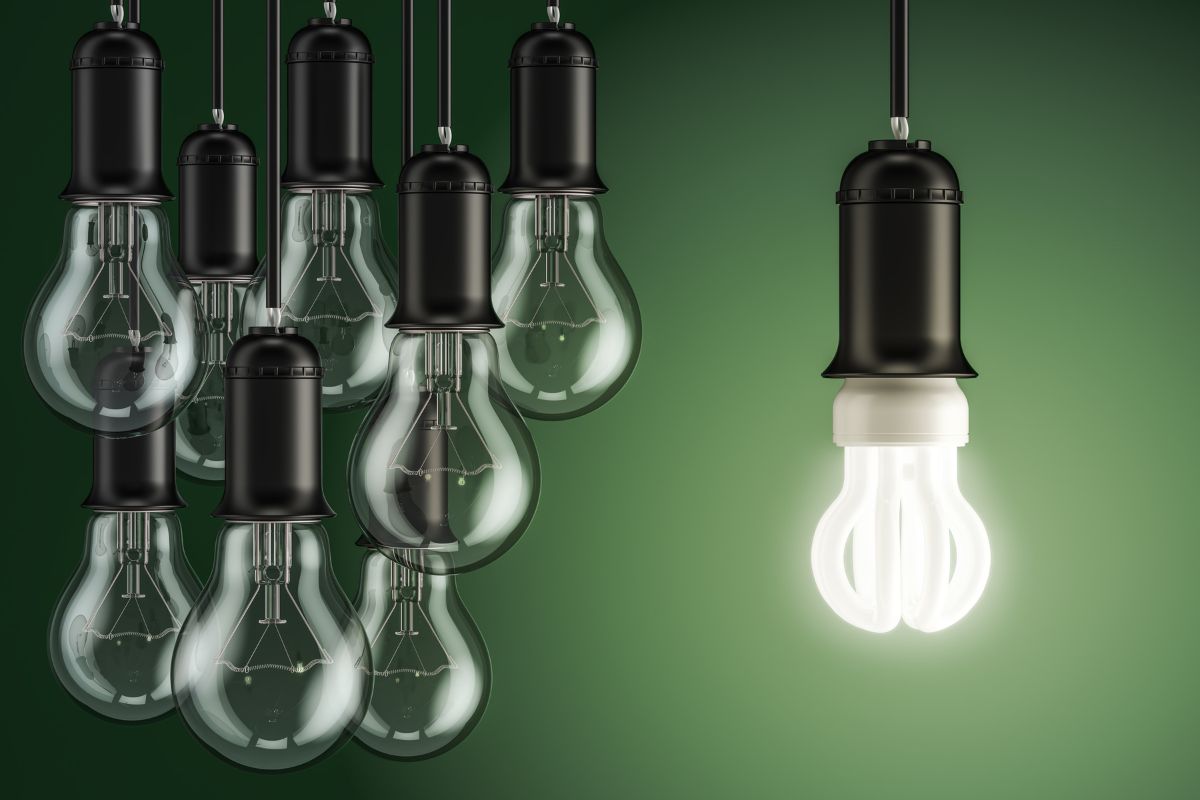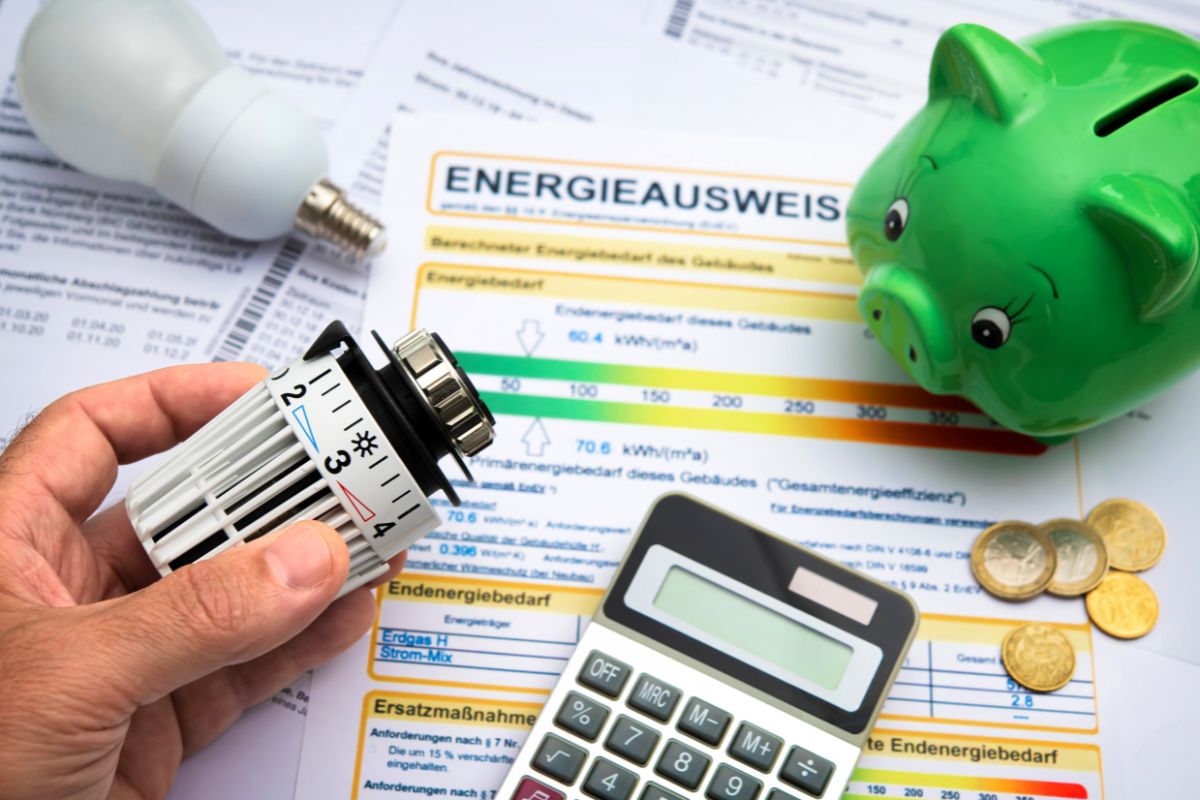Have you ever wondered about the lifespan of your air conditioner’s components? This article will give you a comprehensive look at AC capacitors, which are essential to your AC system’s operation. We’ll explore everything about these components, from what they do and the different kinds available, to why they sometimes fail, what affects how long they last, and even how you might be able to extend their life. Whether you’re just curious about your AC or you’re a professional in the field, we’ve got you covered. The AC capacitor, though often overlooked, is actually a pretty critical part. And surprisingly, capacitor failure is a common reason why AC units malfunction. In fact, industry estimates suggest that about 7-10% of all residential AC service calls are due to capacitor failures. That’s why understanding this component and its potential issues is so important.
Czym jest kondensator klimatyzatora?
Więc, co dokładnie jest an air conditioner capacitor? It’s an electrical component that stores energy in an electric field. This field is created between two conductive plates, usually made of metal, that are separated by an insulating material called the dielectric. Think of it like this: the capacitor stores energy electrostatically, much like a battery. But unlike a battery, which stores energy chemically, a capacitor can release its stored energy much faster. This makes it perfect for providing short bursts of high power.
Why is this important? Well, this stored energy can be rapidly discharged, giving a necessary power boost to components in your AC unit. Specifically, the capacitor provides that initial “kick” to start the AC’s motors, including the compressor motor and the fan motor. The compressor motor needs a significant burst of energy to get going and compress the refrigerant. The fan motor also needs to quickly reach operational speed to circulate air effectively.
Now, some capacitors, called run capacitors, also help the motors run more efficiently after they’ve started. They do this by providing a consistent voltage and creating a phase shift between the motor windings, which optimizes the motor’s performance. And why is motor efficiency important? Because it means reduced energy consumption and less wear and tear on the motor, which can potentially extend its lifespan. Understanding all this is crucial to understanding why a capacitor’s failure can really impact your AC unit’s operation.
The capacitor is absolutely essential for your AC unit to start and run correctly. To understand why, think of the AC capacitor like the starter motor in your car. The starter motor provides the initial power to crank the engine. Similarly, the AC capacitor provides the initial power to start the compressor and fan motors in your AC unit. Without a functioning starter motor, your car’s engine simply won’t turn over. And just like that, without a working capacitor, your AC unit either won’t start at all or will really struggle to get going. This can lead to your AC failing to cool your home, and the struggling motor can even be damaged from overheating or excessive strain.
It’s important to understand that the capacitor’s job is different from other key AC components. The capacitor starts the compressor. The compressor itself is then responsible for circulating refrigerant throughout the system. The capacitor doesn’t actually interact with the refrigerant; it just provides the power to the motor that drives the compressor, which then moves the refrigerant. And finally, the thermostat acts as the control center, signaling the need for cooling. The capacitor provides the necessary power to the motors to respond to that signal from the thermostat.
What does an AC capacitor actually look like? They’re usually cylindrical, though you might also see oval ones. The cylindrical shape is an efficient way to contain the internal components: those conductive plates and the dielectric material we talked about earlier. They’re encased in a protective housing, which can be metal (often aluminum) or plastic. Metal casings are generally more durable and help dissipate heat better. However, plastic casings can be more resistant to corrosion, especially in humid environments or places where they might be exposed to corrosive substances.
You’ll also notice that capacitors have terminals for electrical connections. Depending on the type of capacitor, there will be two or three terminals. These terminals are clearly labeled to show their function and polarity (if applicable). Common markings include “C” for common, “H” or “Herm” for the hermetic compressor connection, and “F” for the fan connection. It’s really important to understand these markings because incorrect wiring can damage the capacitor, the motor it’s connected to, or even both!
Rodzaje kondensatorów AC
Start Capacitors
Okay, let’s dive into the different types of AC capacitors, starting with start capacitors. As the name suggests, these capacitors are designed to provide a large, short burst of electrical energy to start an AC motor, typically the compressor motor. Think of it like needing a really strong, initial push to get a heavy object moving from a standstill.
Technically speaking, start capacitors have high capacitance values, usually ranging from 70 to 1200 microfarads (µF). The symbol “µF” stands for microfarad, which is a unit of electrical capacitance. To give you some perspective, one farad is a huge unit of capacitance, so capacitors in electronics and electrical systems usually have values measured in microfarads (millionths of a farad) or even picofarads (trillionths of a farad). Start capacitors also have relatively low voltage ratings compared to run capacitors, which we’ll discuss next.
Why the high capacitance? Well, it’s needed to store a large amount of energy for that initial motor start, providing the necessary torque to get things moving. And why is the energy delivery a short burst? Because prolonged use would overheat and damage the capacitor. Start capacitors are designed to prioritize high energy storage over continuous operation. You’ll typically find them used for the compressor motor in most residential AC units.
Start capacitors are usually electrolytic capacitors. Electrolytic capacitors offer a high capacitance value in a relatively small and cost-effective package. However, they’re generally more prone to failure than other types, like film capacitors, due to their internal construction and the chemical processes involved.
Run Capacitors
Next up are run capacitors. Unlike start capacitors, run capacitors provide a continuous, smaller supply of energy to help keep the motor running smoothly after it’s already started. They constantly charge and discharge in sync with the AC power cycle. Think of it like a steady stream of fuel that keeps an engine running smoothly after you’ve turned the key.
Run capacitors have lower capacitance values, typically ranging from 2.5 to 100 µF, but they have higher voltage ratings compared to start capacitors. The lower capacitance is sufficient because the run capacitor only needs to provide a small, continuous boost to maintain the motor’s operation, rather than a large initial surge. The higher voltage rating is necessary because the run capacitor needs to withstand continuous operation at the AC unit’s voltage without breaking down.
You’ll find run capacitors used for both compressor and fan motors in AC units. They’re usually metallized polypropylene film capacitors. Metallized polypropylene film capacitors are more durable and reliable for continuous operation than electrolytic capacitors. They offer a longer lifespan, are less prone to failure, and can handle higher operating temperatures.
Dual-Run Capacitors
Finally, we have dual-run capacitors. These capacitors combine the functions of both a start capacitor and a run capacitor into a single unit. How do they work? A dual-run capacitor has three terminals: one labeled “C” for common, one labeled “Fan” for the fan motor connection, and one labeled “Herm” (or “H”) for the hermetic compressor motor connection. The presence of these three terminals is the key to identifying a dual-run capacitor; single-run or start capacitors will only have two terminals.
Internally, a dual-run capacitor is essentially two capacitors—one designed for starting and one for running—packaged together in a single housing. You’ll commonly find dual-run capacitors in modern AC units. They save space and simplify the wiring within the AC unit by reducing the number of individual components. However, there’s a significant downside: if one part of the dual capacitor (either the start or run section) fails, the entire unit needs to be replaced, even if the other section is still working perfectly. So, if either the “start” or “run” section fails, the whole dual-run capacitor becomes useless.
How AC Capacitors Work
So, how do AC capacitors actually praca? The basic principle is capacitance, which is the ability of a component to store electrical charge. In a capacitor, this is done by having two conductive plates, usually made of metal, separated by an insulating material called the dielectric.
Imagine two parallel metal plates separated by a small gap filled with air or another insulating material. The larger the surface area of the plates, the higher the capacitance, meaning the capacitor can store more charge. Also, the smaller the distance between the plates, the higher the capacitance. The properties of the dielectric material also significantly affect capacitance. Different materials have different abilities to store electrical energy in an electric field.
The relationship between these factors is summarized by the formula: C = εA/d, where C is capacitance, ε (epsilon) is the permittivity of the dielectric (a measure of its ability to store electrical energy), A is the area of the plates, and d is the distance between the plates.
What happens when you apply voltage across the capacitor? Well, electrons start to accumulate on one of the conductive plates, creating a negative charge on that plate. Because opposite charges attract, an equal and opposite positive charge develops on the other plate. The dielectric material between the plates acts as an insulator, preventing the accumulated electrons from flowing directly across the gap to the positively charged plate. The dielectric’s properties determine how much charge can be stored at a given voltage.
Szukasz rozwiązań energooszczędnych aktywowanych ruchem?
Skontaktuj się z nami, aby uzyskać kompletne czujniki ruchu PIR, produkty energooszczędne aktywowane ruchem, przełączniki czujników ruchu i rozwiązania komercyjne w zakresie obecności/pobytu.
The energy in a capacitor is stored in the electric field that’s created between the positively and negatively charged plates. Think of it like stretching a rubber band. The stretched rubber band stores potential energy, which can be released when you let go. Similarly, the capacitor stores electrical potential energy in the electric field. The amount of energy stored is given by the formula: E = 1/2CV², where E is energy, C is capacitance, and V is voltage.
So, when does a capacitor discharge? When the circuit needs a power boost, like when starting a motor. The stored energy is released as a flow of current from the negatively charged plate to the positively charged plate through the connected circuit. As we discussed earlier, start capacitors provide a rapid and high-current discharge to deliver the initial torque needed to start the motor. Run capacitors, on the other hand, provide a continuous, lower-current discharge to help maintain the motor’s operation after it has started.
Run capacitors also create a phase shift between the current and voltage in the motor windings. This phase shift is essential for the efficient operation of AC induction motors because it creates a rotating magnetic field, which is what drives the motor’s rotation.
It’s important to distinguish between AC and DC capacitors. AC capacitors are specifically designed to handle alternating current (AC), where the voltage polarity reverses periodically (for example, 60 times per second in a 60 Hz system). DC capacitors, on the other hand, are designed for direct current (DC) circuits where the voltage remains constant.
Why is this distinction important? Because DC capacitors are not suitable for AC applications. Using a DC capacitor in an AC circuit can lead to damage or even catastrophic failure of the capacitor. AC capacitors are typically non-polarized, meaning they can handle voltage applied in either direction without damage. While electrolytic capacitors (often used for start capacitors) are polarized, they’re used in AC motor-start circuits in a way that accounts for their polarity, typically involving brief application of voltage.
Typical AC Capacitor Lifespan
So, how long can you expect your AC capacitor to last? On average, an AC capacitor will generally last between 10 and 20 years. However, it’s important to remember that this is just a broad average and not a guarantee. Many factors, which we’ll discuss in detail later, can significantly shorten or extend this lifespan. The lifespan of capacitors isn’t always predictable; there can be a wide range of failure times, with some capacitors failing much earlier or later than the average.
It’s worth noting that capacitors often have a shorter lifespan than some other major AC components, like the compressor itself. This is significant because, as we mentioned earlier, capacitor failure is a relatively common reason for AC service calls. Fan motors may have a similar or slightly longer lifespan than capacitors, but it really depends on how they’re used, their quality, and the operating environment.
Where can you find reliable data on capacitor lifespan? You can check with HVAC manufacturers, industry associations like ACCA (Air Conditioning Contractors of America) and ASHRAE (American Society of Heating, Refrigerating and Air-Conditioning Engineers), and independent testing laboratories.
While precise failure rate curves are often kept secret by manufacturers, the general pattern of capacitor failures often looks like a “bathtub curve.” What does that mean? Well, there’s a higher initial failure rate (called “infant mortality”) due to manufacturing defects or early-life weaknesses. Then, there’s a period of relatively low and constant failure rates during the capacitor’s “useful life.” Finally, the failure rate increases as the capacitor reaches the end of its lifespan due to wear and tear and, most importantly, dielectric degradation.
It can be tricky to get precise, publicly available data on capacitor failure rates because manufacturers often consider this information proprietary. However, the experience of HVAC technicians, while anecdotal, can provide valuable insights into common failure patterns and real-world lifespans. Just remember to consider this alongside more formal data from manufacturers and testing labs.
Keep in mind that manufacturers may give an “expected” lifespan for their capacitors, but this is often based on ideal operating conditions and might not reflect how it performs in the real world. The actual lifespan of a capacitor can be significantly affected by various factors, including operating conditions (temperature, load), how well you maintain your system, and environmental factors (humidity, dust). Understanding the difference between the expected lifespan under ideal conditions and the actual lifespan in your specific situation can help you manage your expectations, plan for potential replacements, and maybe even take steps to maximize the capacitor’s service life.
Why AC Capacitors Fail
Dielectric Degradation
So, what’s the main reason AC capacitors fail? It’s dielectric degradation. The dielectric is the insulating material located between the capacitor’s conductive plates. Over time, this material breaks down due to a combination of factors, including heat, voltage stress, and chemical reactions.
At a microscopic level, the dielectric’s molecular structure changes, which reduces its ability to effectively insulate and store electrical charge. This degradation leads to several consequences: reduced capacitance (meaning the capacitor can’t store as much energy), increased leakage current (which is the undesirable flow of current through the dielectric; ideally, it should be zero), and eventually, either a short circuit (where the plates effectively touch) or an open circuit (where the capacitor no longer conducts electricity).
The specific chemical reactions that cause degradation depend on the dielectric material used. In electrolytic capacitors, the electrolyte (a liquid or gel-like substance) can gradually dry out or undergo chemical changes due to heat and electrical stress. This leads to a decrease in capacitance and an increase in leakage current. In metallized polypropylene film capacitors, the degradation process is more complex. It can involve oxidation of the thin metallization layer on the film, chain scission (breaking of the long polymer chains) of the polypropylene molecules, and the formation of tiny voids (micro-voids) within the dielectric. These processes are accelerated by both heat and voltage stress.
Może jesteś zainteresowany
Heat
Heat is a major contributor to capacitor failure, significantly speeding up the degradation process. Where does this heat come from? It can come from several sources: the ambient temperature around the AC unit, heat generated by other components within the AC unit, and heat generated internally within the capacitor due to its internal resistance (especially when it’s charging and discharging).
Heat speeds up the chemical reactions that break down the dielectric material, causing it to deteriorate faster than it would at lower temperatures. Capacitors have specified temperature ratings, and exceeding these ratings, even for short periods, can dramatically shorten the capacitor’s lifespan.
Voltage Fluctuations
Voltage fluctuations, especially voltage spikes and surges, can also damage the capacitor’s dielectric. These fluctuations can be caused by various events, including lightning strikes, problems with the power grid, faulty wiring in your building, or even the operation of other electrical equipment on the same circuit.
Voltage spikes can physically puncture or weaken the dielectric material, creating a pathway for current to flow between the plates, which leads to a short circuit. Both overvoltage (voltage exceeding the capacitor’s rating) and undervoltage (voltage below the required level) can be bad for your AC unit’s operation. However, overvoltage is generally more immediately damaging to the capacitor itself, potentially causing it to fail right away.
Manufacturing Defects
Although it’s less common than dielectric degradation caused by environmental or operational factors, manufacturing defects can also lead to premature capacitor failure. Examples of these defects include impurities in the dielectric material, poor sealing of the capacitor casing (which allows moisture or contaminants to enter), and loose or poorly made internal connections. Reputable capacitor manufacturers have strict quality control processes in place to minimize these defects.
Wear and Tear
Over time, the repeated charging and discharging cycles that a capacitor goes through can contribute to wear and tear, gradually degrading its performance. Electrolytic capacitors are particularly susceptible to wear and tear because of the chemical processes that happen inside them during operation. Film capacitors, like metallized polypropylene capacitors, are generally more resistant to wear and tear due to how they’re built and the materials used.
Factors That Reduce AC Capacitor Lifespan
Czynniki środowiskowe
Several environmental factors can significantly shorten the lifespan of your AC capacitor. Let’s take a look at some of the most common ones.
High Ambient Temperatures
High ambient temperatures are a major factor in shortening capacitor life. High temperatures directly speed up the dielectric degradation process, which, as we discussed earlier, is the primary reason capacitors fail. If you live in a hot climate, like Arizona or Florida, your AC unit will generally experience shorter capacitor lifespans compared to those in cooler climates, assuming everything else is equal. The good news is that proper ventilation and ensuring adequate airflow around your AC unit can help reduce the effects of high ambient temperatures. We’ll talk more about that later.
High Humidity
High humidity can also negatively impact how long your capacitor lasts. High humidity can cause corrosion of the capacitor’s terminals and, in severe cases, even internal components if moisture gets inside the casing. This is especially problematic in coastal areas because of the salt in the air, which speeds up corrosion. Using capacitors with corrosion-resistant materials and making sure everything is properly sealed can help reduce the effects of high humidity.
Corrosive Environments
It’s not just high humidity; other corrosive environments can also damage capacitors. As we mentioned earlier, coastal areas with salt air are a prime example. Industrial areas with high levels of air pollutants can also create a corrosive environment. Using sealed capacitors or providing protective enclosures for your AC unit can help protect the capacitor in these environments.
Dust and Debris
The accumulation of dust and debris on the capacitor and surrounding components can also shorten its lifespan. Dust and debris act as an insulator, which hinders heat dissipation from the capacitor. This leads to higher operating temperatures, which speeds up dielectric degradation. Regular cleaning of your AC unit, including the area around the capacitor, is crucial for preventing this problem.
Zainspiruj się portfolio czujników ruchu Rayzeek.
Nie znalazłeś tego, czego szukasz? Nie martw się. Zawsze istnieją alternatywne sposoby rozwiązania problemów. Być może pomoże w tym jeden z naszych portfeli.
Operational Factors
Besides environmental conditions, how you operate and maintain your AC unit also has a big impact on how long your capacitor lasts. Let’s take a look at some key operational factors.
Frequent On/Off Cycling
Frequent on/off cycling of your AC unit puts significant stress on the capacitor. Each time the AC unit starts, the capacitor experiences a surge of current. Short cycling, where the AC unit turns on and off very rapidly, is particularly damaging.
Why is short cycling so harmful? Because the capacitor may not fully discharge before being recharged, which leads to increased heat buildup and stress on the dielectric material. Common causes of short cycling include an oversized AC unit for the space being cooled, thermostat issues, and refrigerant leaks.
Voltage Spikes and Surges
Voltage spikes and surges, as we discussed earlier, can cause immediate and catastrophic damage to the capacitor. These sudden increases in voltage can puncture the dielectric, leading to a short circuit. Using a surge protector can help protect your AC unit, including the capacitor, from voltage spikes. For comprehensive protection, a whole-house surge protector is recommended because it protects all electrical devices in your home, not just your AC unit.
Prolonged Operation Under Heavy Load
Prolonged operation of your AC unit under a heavy load can also shorten capacitor life. A heavy load means your AC unit is working harder and for longer periods, which generates more heat. If you have an undersized AC unit for the space you’re cooling, it will be forced to work harder and longer, leading to higher operating temperatures and increased stress on the capacitor. Poor airflow around the AC unit, due to blocked vents or dirty coils, restricts cooling and also increases operating temperatures.
Niewłaściwa instalacja
Incorrect installation of the capacitor or the AC unit itself can lead to premature capacitor failure. Incorrect wiring can damage the capacitor, the motor, or both. Loose connections can lead to arcing (electrical sparks) and overheating, which damages the capacitor. Using the wrong type of capacitor or one with an incorrect voltage or capacitance rating can also cause it to fail sooner than it should.
Lack of Maintenance
A lack of regular maintenance for your AC unit can contribute to capacitor problems. Dirty condenser coils reduce the unit’s ability to dissipate heat, leading to higher operating temperatures and increased stress on the capacitor. Ignoring warning signs of AC problems, such as unusual noises or reduced cooling capacity, can allow minor issues to escalate into major problems, including capacitor failure.
Harmonic Distortion
Finally, let’s talk about harmonic distortion. Harmonic distortion in your electrical power supply can negatively affect your capacitor’s lifespan. This distortion is caused by non-linear loads, such as certain types of electronic equipment, which draw current in short pulses rather than a smooth sine wave. These pulses introduce higher-frequency currents into your AC unit’s circuitry. These higher-frequency currents can increase the stress on the capacitor, particularly run capacitors, leading to increased heat generation and accelerated degradation.

